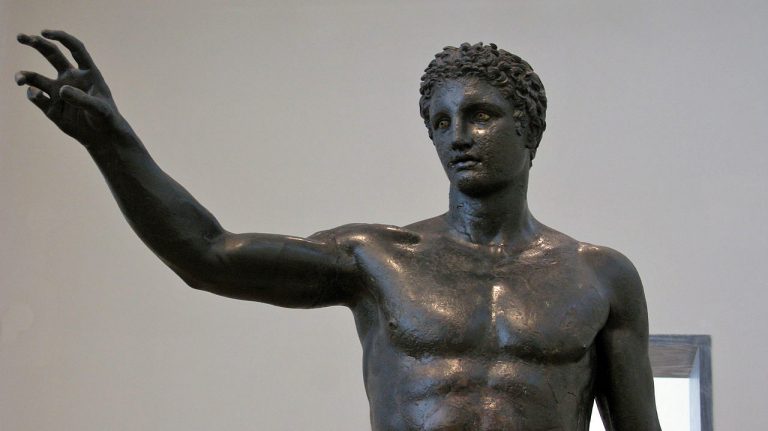Diving News
Broken arm could point way to bronze statues
An archaeological dive-team believes it is closing in on precious bronze statues, the presence of which has been suspected on an ancient Greek shipwreck since it was first found in the Aegean Sea nearly 120 years ago.
The 2100-year-old Antikythera Wreck was named after the small island near where it was found by sponge fishermen in 1900.
It is best-known for revealing the mysterious mechanism dubbed the world’s oldest computer, but early dives also revealed fragments broken away from lifesize human statues, including one dubbed the “Antikythera Youth”, which was reconstructed in the 1950s.
Analysis suggested that other fragments had broken away from at least six complete statues.
Excavating the wreck at a depth of 50m for two weeks in September, the dive-team was led by Alexandros Sotiriou for the Greek Ephorate of Underwater Antiquities and Lund University.
New discoveries included a sarcophagus lid, a bronze disc of unknown purpose inscribed with the image of a bull and, most significantly, a life-sized human arm from what would be a seventh bronze statue.
The divers also found human bones and timber planking.
The artefacts and others were found in a previously unexplored section of the site, concealed under boulders that had shifted with seismic movement over time. Metal-detecting equipment suggested that the bronze statues could be concealed in the area.
Fewer than 200 bronze statues from ancient Greece have survived, because over the years many were melted down for the value of the alloy.
The next in the series of diving expeditions that have been carried out since 2014 is scheduled for next May, and will include exploring the vessel’s cargo hold.

